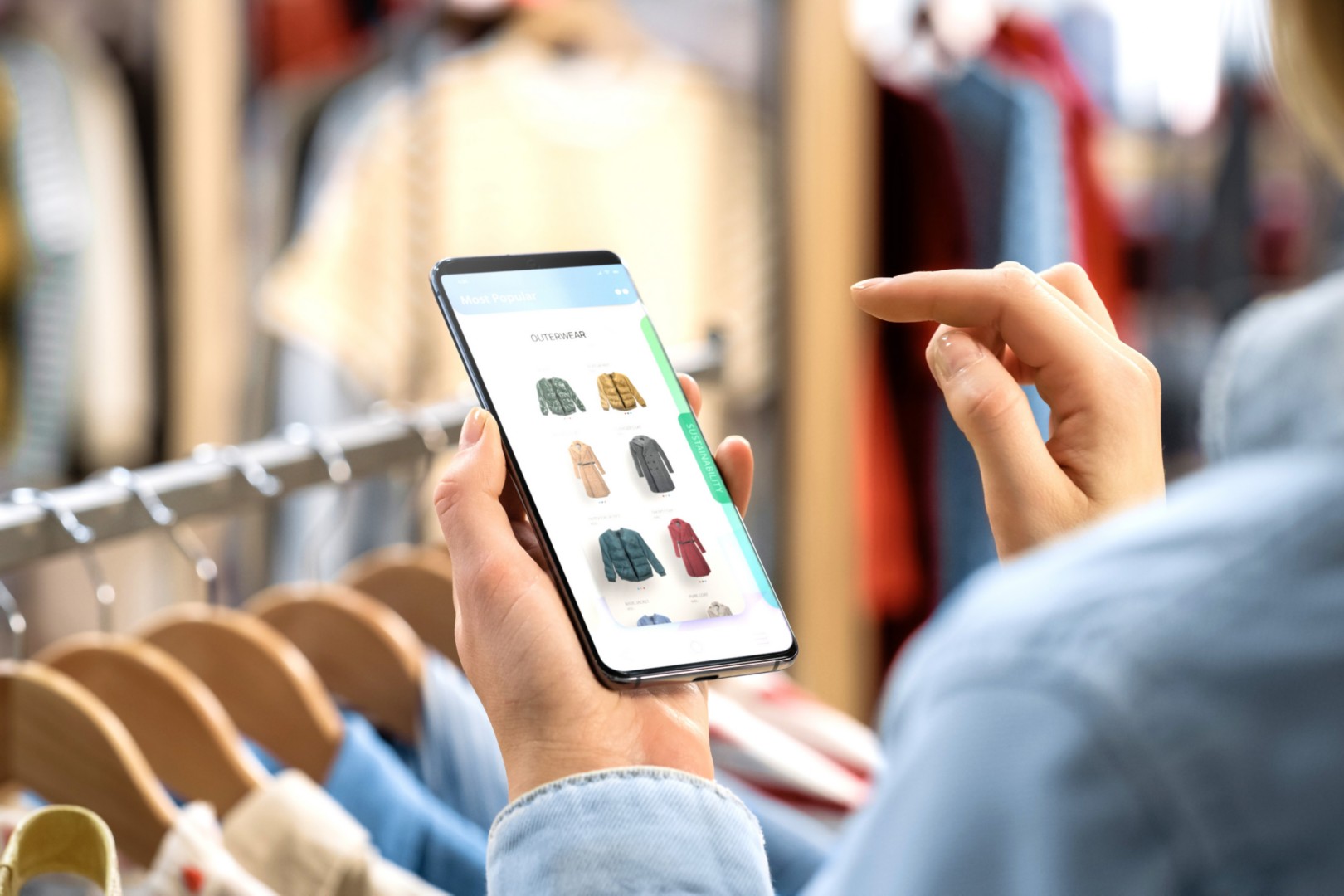1. Why is actively managing a portfolio of private label brands the next frontier of growth in retail?
Don: PLs continues to be a significant opportunity for retailers to drive margin and shopper loyalty. And like other assortment and buying decisions, it is critical to be strategic about your PL portfolio. A retailer needs to think like both a manufacturer and retailer about adding new items or new categories to existing OBs, pruning slow movers, and creating new OBs. But reaching this “next growth frontier” is not inexpensive. Building out a PL portfolio requires significant and sustainable investment in new capabilities. Thus, an organization needs to be hyper-focused on its portfolio strategy to guide them toward the best investment decisions.
Nichole: There is a confluence of trends coming together to support PLs. Feeling the pressure of tougher economic conditions and rising prices, consumers are searching for alternatives. Facing intense competition, PLs are increasingly offering better quality products. This is attracting consumer attention and spend. Retailers not proactively managing their PL portfolio are missing out as their customers will shop elsewhere. A tremendous amount of revenue and margin are left on the table.
Retailers should think about their PL strategy in the context of their full assortment strategy and how they are serving the needs of their target consumer segments. For example, where are there gaps in the assortment of products they offer? Are there important price points, product attributes, micro customer segments that could be served?
With growing consumer willingness to shift buying preferences in favor of value, it is imperative that retailers review their portfolios on a regular basis. They should know what products are performing well, which serve a need. If a brand has lost its way, then determine whether to revive the brand or retire it. And ask, where does it make sense to launch a new brand vs. augment existing OBs, given the tradeoffs of introducing additional complexity in your assortment.
2. What are some of the biggest challenges a retailer faces to successfully execute a strategy to actively manage a portfolio of PL brands?
Don: The three biggest mistakes made by retailers that I come across are: (1) under resourcing an OB organization, which can slow progress and growth; (2) not being data driven and using data rigorously to inform decisions; e.g., leveraging data-rich loyalty programs; and (3) not having strategic clarity — e.g., not being clear about the role of OBs, such as whether to be a leader or fast follower — and related, not linking the OB’s ambitions back to the organization’s existing strengths and value proposition.
Nichole: PLs are a great vehicle to explore and test new product ideas and potentially serve unique customer needs. Consequently, slow product Innovation and go-to-market execution are important obstacles to avoid. Finally, retailers face a substantial challenge in viewing the portfolio management process holistically — beyond the actual product but including branding and packaging, marketing, as well as digital and physical self-positioning.
3. What are some of the most important capabilities a retailer must have to actively manage a portfolio of PL products?
Don: Strong analytics is an essential capability for a retailer to understand category evolutions, shopper preferences, and to monitor manufacturers’ innovations. Additionally, it is critical to have a solid grasp on the economics required to make OB competitive and profitable. All of this must be in service to the retailer’s overall strategy. A successful OB must be fresh and innovative. Thus, R&D talent (in-house or outsourced) is a critical capability that a retailer must be able to access. As with production, quality assurance is an important component of R&D to safeguard against the loss of brand value. Finally, a robust strategic sourcing capability is necessary to ensure favorable economics (i.e., attractive margins) and consistency of supply.
Nichole: I would add to Don’s list the capabilities to quickly test, learn and scale PL products, which are vital for a retailer to gain and maintain competitive advantage. In addition, two other core skills include pricing — the ability to maintain the right price gap between branded and PL products, and cost management — having the capacity to manage input costs to achieve healthy margins but not jeopardize product quality for consumers.
4. How can retailers keep up with changing consumer preferences?
Don: Changing consumer preferences is a market reality. Thus, it is essential for retailers to continually gain deep shopper and consumer insights. Generally, there is no substitute for “raw” market intelligence from multiple sources in combination with a retailer’s ability to see patterns in the changing consumer data. This goes back to the value of a high-performing data and analytics team in unlocking insight from data and connecting it with a retailer’s product development and sourcing teams. Ultimately, retailers who keep up with and indeed define the latest consumer tastes will be those that are immersed in category changes of their products. As a result, they will be best positioned to make calculated product bets.
Nichole: There is a big opportunity for retailers to gain transparency into consumers’ evolving preferences by taking advantage of the rich consumer insights gained from a growing list of data sources including transaction data, first-party retailer loyalty data, second-party data (e.g., social media data), third-party panel research, and macroeconomic data. Advancements in artificial intelligence (AI) and predictive analytics enable retailers to read and parse through these large data sets to model predictive shopper behavior by segment. The ability to coach AI to learn and better predict means retailers can gain insight into potential innovation and price gaps and enhance store-level assortment to better meet shoppers’ needs while enhancing revenue.
5. What are the most common constraints retailers come up against in executing their PL portfolio strategy?
Don: The top three areas that I see holding back retailers’ ability to execute on their PL portfolio strategy include: (1) failure to articulate a sufficiently bold strategy, but instead choosing to follow national brands’ biggest SKU in a category; (2) an unhealthy amount of risk aversion, especially in product development, where a retailers’ capacity to innovate, test and learn is not being fully unleashed; and (3) lack of robust and expert talent to fully execute the strategic vision.
Nichole: The biggest constraint I see is retailers taking a “reactive” rather than a proactive PL mindset. As shown in the latest wave of PL launches and portfolio construction, retailers don’t win by continuing to follow a me-too model — that settles for offering consumers a lower price alternative to a national brand. Best-in-class retailers understand the value of powerful and differentiated OBs in creating excitement and a lasting connection with their consumers. Tied to a reactive mindset is the lack of focus — not knowing who you are trying to serve with your OB products and what they value, as well as how OB fits within the broader assortment strategy.
6. What can retailers learn from leading consumer packaged goods groups (CPG)?
Don: Retailers can learn a tremendous amount from top-performing CPG manufacturers. Over time they have become expert at leveraging insights and taking calculated risks. At its simplest, this approach requires a robust, repeatable, metric-driven innovation process and a willingness to make mistakes and learn from those mistakes in a timely manner. In addition, world-class CPGs have built platforms with the right talent, right processes and established cultures of learning that are directly connected to the overall strategic role that OBs are meant to play in the retailer’s portfolio.
Nichole: In my view, the best CPGs are built squarely around addressing consumer needs and are anchored in rich consumer insights. Ultimately, to replicate this approach requires that retailers gain the resources and capabilities to think like branded players, develop proprietary consumer insights, and strategically plan broader marketing, communications and pricing plans. Leveraging data and predictive analytics is integral to a CPG’s ability to follow consumer trends and identify opportunities for innovation and thus should guide retailers wanting to grow and enhance their PL portfolios.
7. How can retailers harness innovation with their own brands to gain a competitive edge and reach the next frontier of growth?
Don: We are at the transformative stage where retailers are no longer copying national brands but leading the charge. As we have noted, retailers are stepping up to take on new capabilities, mindsets and processes to drive innovation. Today, product and brand innovation are multifaceted, and they are more and more retail-led. Retailers are working with their supplier partners, and if sophisticated enough, developing concepts on their own. They are growing in this role through experimentation, making calculated bets, and embracing creative partnerships.
Nichole: Importantly, the levers retailers are pulling are built on deep understanding and knowledge of the consumer that they have gained from their long and close relationship with these shoppers. Retailers, after all, are in the best position to identify and respond to changing consumer preferences and tastes with new products that better deliver quality and value. The levers to innovate — to test and experiment — are endless. Sometimes they come in the form of product formulation changes that fit new needs, sometimes it is innovative packaging, and sometimes it is new brands that are fresh and on-trend. It is indeed an exciting time to be a retailer increasingly in control of your future!






